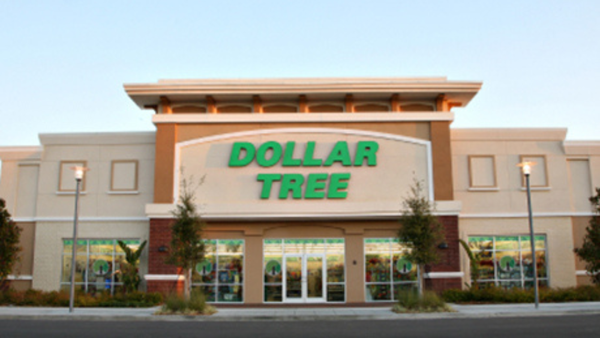/Global%20technology%20internet%20globalization%20by%20TheDigitalArtist%20via%20Pixabay.jpg)
The satellite communications industry is witnessing an epic showdown between two tech titans, with billions in market value at stake. In one corner stands Elon Musk’s Starlink, powering T-Mobile’s (TMUS) satellite smartphone service, which will launch officially this summer. On the other end is Paul Jacobs, the former Qualcomm (QCOM) CEO who helped revolutionize smartphone connectivity and now leads Globalstar (GSAT).
Globalstar, valued at $2.3 billion, provides mobile satellite services, offering two-way voice and data communications for remote areas. It serves various markets, including recreation, government, oil and gas, and maritime, through products like SPOT devices for emergency alerts and location tracking. It also offers commercial IoT solutions for asset monitoring and business continuity applications.
Globalstar currently provides satellite emergency services for Apple’s (AAPL) iPhone users and competes with Starlink. T-Mobile’s new Starlink service, which has already launched in a public beta, promises broader device compatibility, while Apple’s existing Globalstar integration offers global spectrum coverage and seamless international roaming. As T-Mobile prepares to challenge Apple’s existing satellite SOS monopoly, thousands of customers have already signed up for the beta service.

Let’s see if this competitive landscape presents a compelling opportunity for Globalstar stock and GSAT investors. Is the satellite stock undervalued, or will it struggle to compete with Musk’s growing empire?
Is the Satellite Stock a Good Buy Right Now?
Globalstar’s sales increased from $97 million in 2016 to $250.4 million in 2024. While it reported an adjusted net loss of $0.14 per share or $7 million in 2024, Globalstar ended the year with a free cash flow of $178.6 million.
In Q1 2025, Globalstar reported revenue of $60 million, an increase of 6% year over year. The top line was driven by wholesale capacity services and continued growth in commercial IoT subscribers.
The satellite communications company posted adjusted EBITDA of $30.4 million, up 3% year-over-year, though margins were pressured by investments in its XCOM RAN terrestrial network technology. CEO Paul Jacobs said the company remains “bullish that this business will be profitable” and expects commercial deployment next quarter.
Globalstar recently showcased its XCOM RAN technology at Mobile World Congress in Barcelona. The system delivered speeds of 400 megabits per second using just 10 megahertz of licensed n53 spectrum, positioning the company for advanced applications including robotics and autonomous vehicles.
Globalstar reached a major milestone with MDA Space (MDALF), securing a 1.1 billion CAD contract for more than 50 satellites for its next-generation constellation.
CFO Rebecca Clary said Globalstar is “well positioned to minimize” potential tariff impacts through global manufacturing partnerships and supply chain flexibility. Globalstar reiterated its full-year 2025 outlook, expecting revenue of $260 million to $285 million with adjusted EBITDA margins of approximately 50%.
With $241.4 million in cash and a strong operational cash flow of $51.9 million in the quarter, Globalstar appears positioned to execute its long-term growth strategy across satellite and terrestrial network businesses.
What Is the Target Price for GSAT Stock?
Analysts expect Globalstar to increase sales to $378 million in 2029. Comparatively, adjusted earnings per share are forecast at $0.36 with a free cash flow of $210 million. If GSAT stock is priced at 20 times forward FCF, the stock could surge over 75% over the next four years.
Two analysts who track GSAT stock have a “Strong Buy” recommendation. The average target price for the satellite stock is $52.50, 184% higher than its current trading price.








